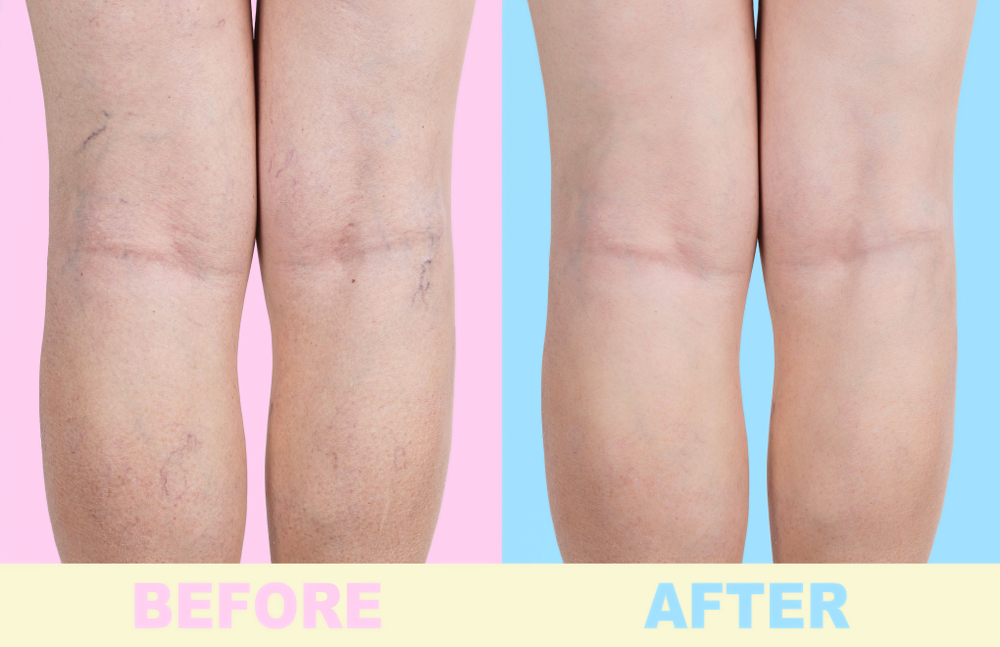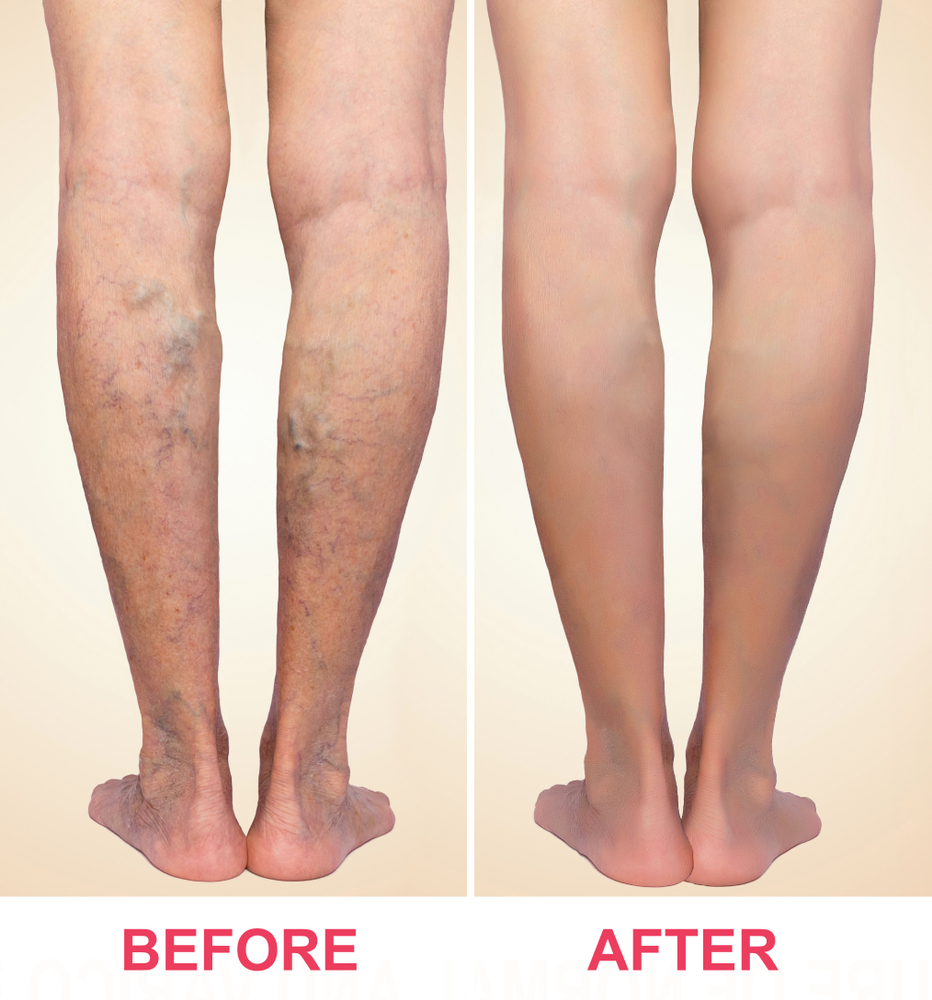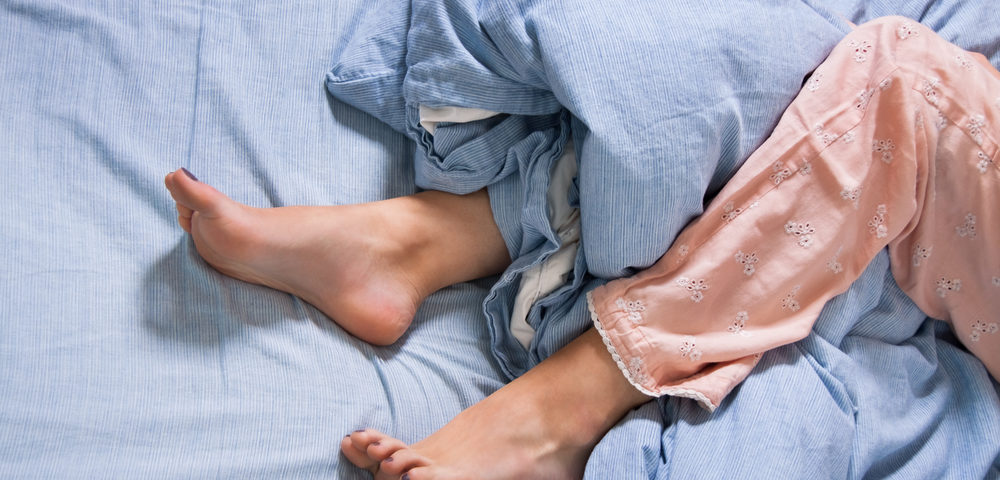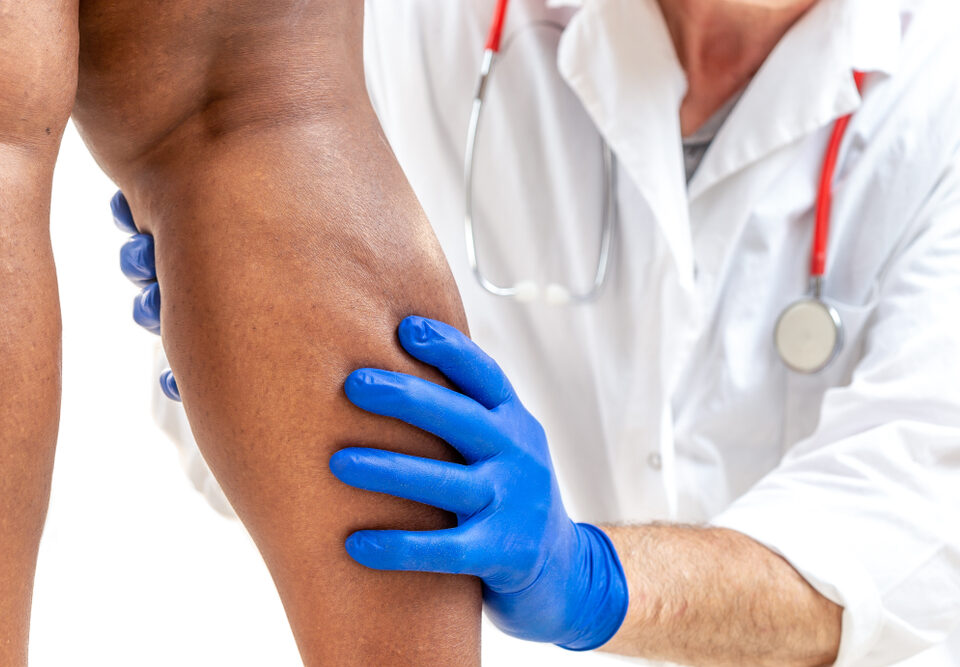
Varicose Veins Are a Woman’s Issue and Other Myths
September 2, 2018
8 Varicose Veins Myths
September 10, 2018While we’re all susceptible to some degree of sleep disturbance, whether it’s the summer heat or a loud noise from outside, it can occur on a nightly basis for individuals with restless legs syndrome (RLS).
In fact, men and women with RLS are especially vulnerable to being woken up by an uncontrollable urge to move their legs and pain after going to bed or lying down for a period of time.
Keep reading to learn the four signs of restless legs syndrome, and tips for getting a better night’s rest.
1. Urge to Move Your Legs
One of the most widely-recognized signs of RLS is an uncomfortable feeling that causes uncontrollable movement of the legs.
Many individuals describe this sensation as a pulling, throbbing, aching, itching, or crawling feeling that improves with standing, stretching, pacing, walking, or jiggling.
2. Persistent Leg Pain
Those with restless legs syndrome may also experience persistent leg pain. However, this sign is often indicative of RLS when the discomfort can be alleviated once the individual moves his/her legs.
3. A Nutrient Deficiency
Low levels of iron and vitamin D have been linked to RLS. In these instances, vitamin supplements and a diet with more leafy greens may help reduce symptoms.
4. Feeling Tired or Groggy During the Day
Unsurprisingly, research suggests that patients with RLS have a higher amount of sleep debt than the average person. As a result, they may feel daytime sleepiness, fatigue, and exhaustion.
- To address this issue, experts suggest better sleep hygiene including:
- Going to bed at the same time every night
- Creating a calming and soothing atmosphere in your bedroom
- Keeping the room temperature cold
- Turning off and/or removing electronic devices before you go to sleep
However, it’s always a good idea to seek guidance from a medical professional. He or she has the knowledge and experience to prevent RLS and sleep deprivation from intensifying and manifesting in other ways such as depression.
To learn more about restless legs syndrome, please call our office today to schedule a consultation. We are conveniently located in Westminster, Eldersburg, Baltimore, Hunt Valley and Bel Air.
We also service Ellicott City and Columbia in Howard County.



